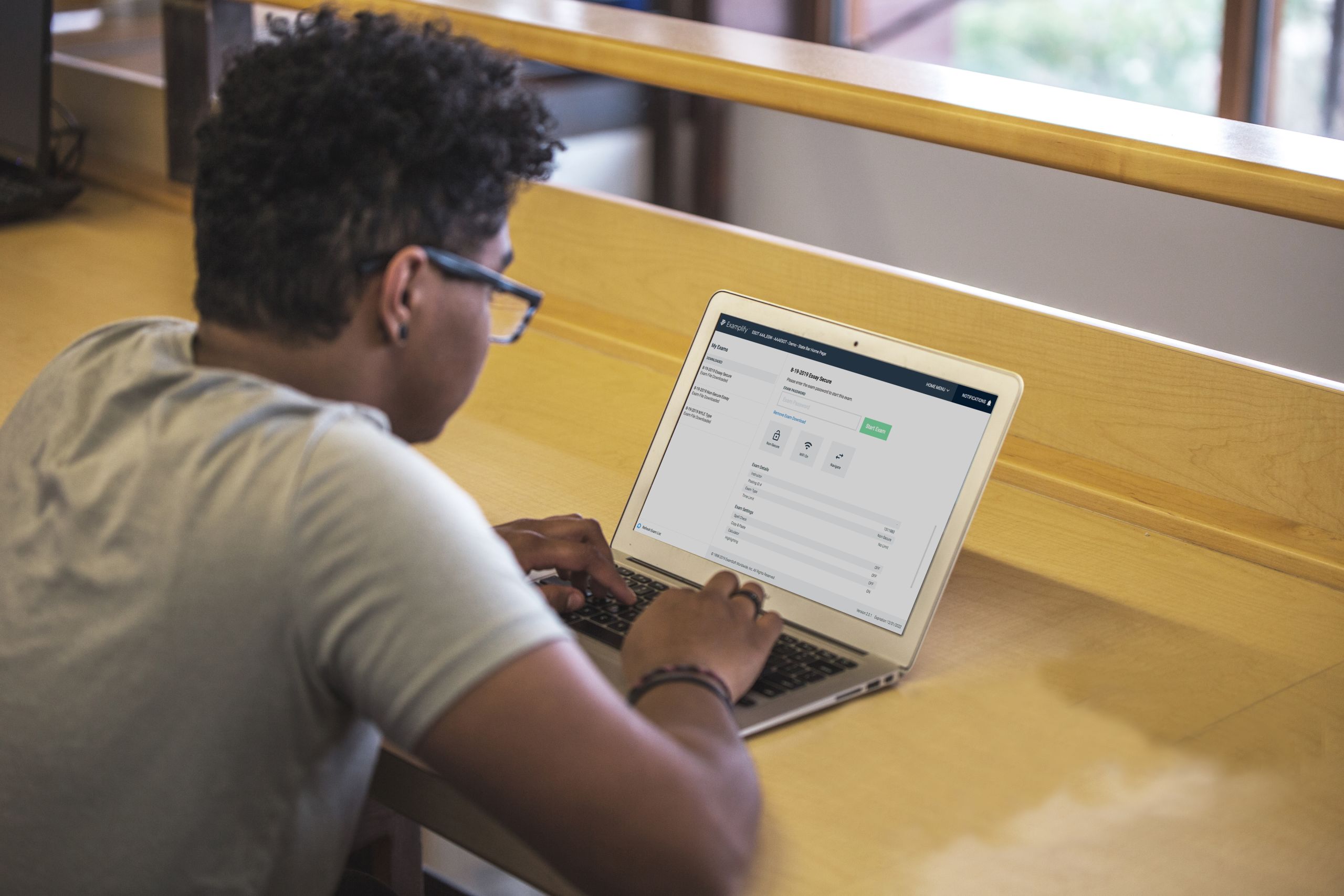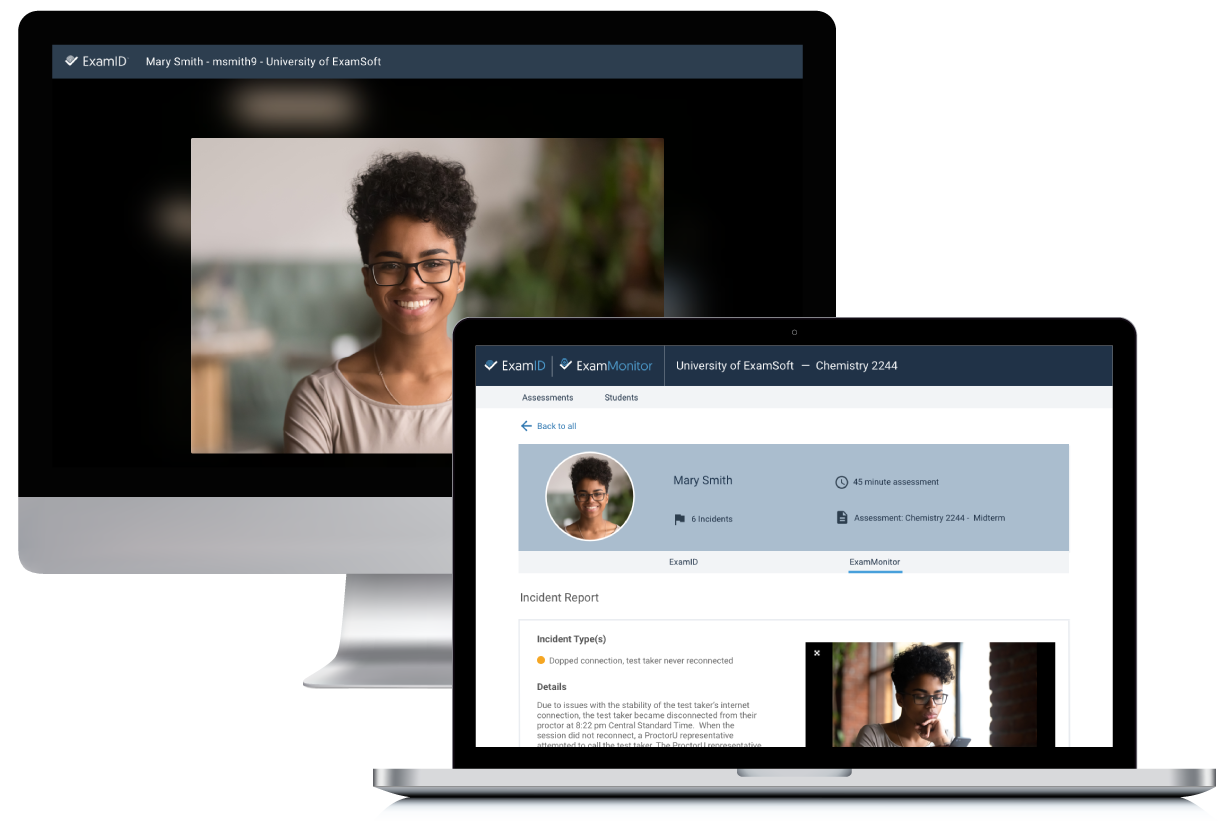ExamSoft's remote proctoring solution closes the gap in distance learning

Joan Becker, dean of nursing at Dallas College El Centro Campus clearly remembers the day her students participated in a trial run of new software for taking exams at home. “I was on pins and needles,” she recalls. The nursing program had never even considered remote testing before, but the pandemic had forced the closure of the entire campus, including the testing centers. With 350 students who still needed to take three to four exams each, Becker was willing to take a chance.
“I wasn't sure how it was going to work. We had never done online testing at home or online proctoring. I was worried. You don’t know if it’s going to work, if the students’ own equipment is going to work. And if it doesn’t, then we’re back to square zero. Less than zero.”
Ironically, considering the chaos that the pandemic wrought that semester, time was on Becker’s side. The school had relied on educational assessment technology provider ExamSoft for its on-site tests for several years. And as Becker learned when she called the company as the pandemic loomed, ExamSoft had already spent two years developing precisely the solutions that she — and virtually every other institution — suddenly needed.
ExamSoft started working on a remote proctoring tool in 2018. The program uses screen capture and the computer’s built-in camera and microphone to record video and audio. The biggest challenge was ensuring complete device control while also allowing student monitoring. The solution: offline video and audio recordings utilizing artificial intelligence (A.I.) and human review. The A.I. detects abnormal student behavior — like movements, gaze and background noise — that indicates possible cheating and flags these incidents for review by a human. This breakthrough program, ExamMonitor, features offline, remote proctoring that continuously observes exam takers throughout the entire exam.

A separate program, ExamID, verifies each student’s identity through a two-step authentication process. Combined, these solutions make cheating on a remote exam virtually impossible.
The rigorous testing process for ExamMonitor and ExamID wrapped up in late 2019, and a few institutions started using them that year and in early 2020. ExamSoft had already planned for scalability, so the only adjustment necessary when the pandemic forced schools to close was accelerating rollout for administrators like Dean Becker.
After successfully testing the software, the El Centro Community College nursing program began scheduling final exams. Becker admits she was still a little worried, but the results surpassed her expectations.

The exam failure and grade appeal rates were no higher than in any other year, Becker says. (A report on the use of ExamMonitor at Tufts University School of Dental Medicine found the same result there: “The preliminary review of the student performances appears to be in alignment with those in previous years, based on the psychometrics reports for the same discipline.”) And just as important, students adapted quickly, and many said they felt less anxious at home than they did in the testing center.
“Nursing students are known to be different and unique, always finding something wrong,” Becker says with a chuckle, “but they had absolutely no complaints. They said they didn’t feel threatened with the camera on during the test or like ‘Big Brother’ was watching them. They felt very comfortable and kind of forgot the camera was working after a while.”
Becker adds that she was impressed by the security measures.
“The clarity of the video was unbelievable,” she says. “We could see everything the student was doing. And the monitor reports were right on. The proctors were very in tune to what was going on and really brought a lot out for us to view. In fact, we dismissed a student with the video as our exhibit. There was a lot of keyboard tapping, eyes moving from the screen, then no clicking for several minutes. ExamSoft was also able to provide to us a second-by-second log of every click the student made.”
The difference between ExamMonitor and another company’s remote proctoring software, Becker says, “was night and day.” The video quality of the other product was low, and students complained that live proctors were inattentive. One student texted Becker during an exam because she couldn’t get the proctor’s attention to ask for a bathroom break. ExamMonitor does not use live proctors, relying instead on a less invasive option that records the exam-taker for later review.

Between January 1 and September 15, 2020, more than 1,242,000 exams – totaling 70,000,000 proctored minutes — were successfully delivered via ExamMonitor. At one point in June, more than 167,000 high-stakes exams were delivered remotely and simultaneously.
This semester, the El Centro campus is partially open. But Becker says the nursing program plans to continue with remote exams, unless a student requests to use the testing center. Students value flexibility, she says, and this option is not only convenient, it can help them succeed.
“Sometimes technology’s not that easy to get used to, for students or faculty,” Becker says. “But the support ExamSoft offered made this easy.”




